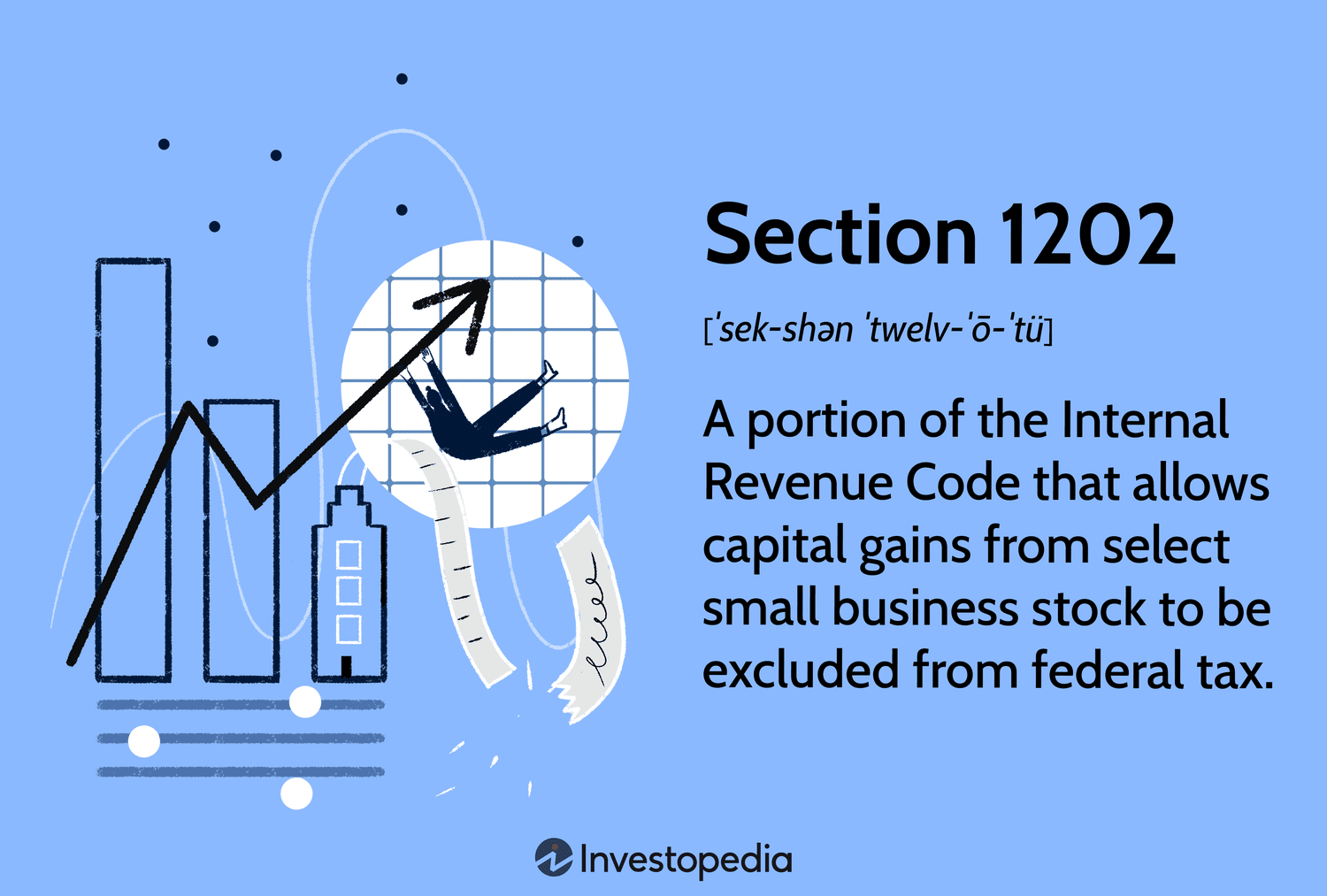From the August 2005 Review of Engagement & Trial Balance Software
If you like Excel, you’ll like this package. It is 100 percent Excel-based and was designed by Cleveland Pendock and programmed by Charles “Chip” Pearson. Chip is one of less than 40 designated Microsoft Excel MVPs (Most Valuable Professionals). This team has extensively leveraged the capabilities of Excel.
Joseph Calvo, CPA, MBA Tax, has a firm of about 70 professionals in New York City, and says, “I love this product, and I have been using [it] since its inception.”
The firm currently uses two products: AFP and GoSystem. He explains that the reason for the division is that “first it is hard to make a total change, but moreover, AFP is geared more for our clients with gross receipts under $10 million. Our practice ranges to all kinds, but if we had to make any divisions, I would say that our apparel division deals with clients that gross over 25 million and our entertainment division (high net worth individuals along with their corporate entities) includes anything from zero and beyond. It is predominately in this area that we have utilized AFP exclusively.
Even if we are still using Quicken or QuickBooks for this latter group of clients, AFP is so quick, all in Excel, and financial reports are virtually automatic. And we need financial statements that are professionally prepared (look good), but the staff does not need to spend 50 hours on formatting (caps, bolding, headers, footers, etc). This is where AFP excels, and even our audit staff will use this program as a secondary product for their audits and include the Excel working papers in their main working papers.” Calvo has reviewed several accounting packages and claims to know them very well. He believes that “AFP excels over all of these in that it is extremely quick, presentation is excellent, and backup documentation (lead sheets, working papers) is excellent.” For an accounting firm with a small business division (e.g., clients suited for QuickBooks) there is nothing better or faster in his opinion. He adds, “The hesitation, of course, is that today most practitioners are looking to packages that are one-stop shopping [suites] with full integration.”
Learning Curve – 3.5 Stars
Due to the fact that AFP is developed within Excel, your ability to learn the system will be impacted by your familiarity with Excel. Once you load Excel and open the AFP file, you will work in an Excel spreadsheet that is driven behind the scenes by a series of Visual Basic macros that provide the structure to the program. Because of this, the system converts menu selections to numerical codes. While the system is not as intuitive as some of the other products reviewed, once you have received your initial training on the system, you should find that navigation is relatively straightforward. A special command menu is added to your standard Excel command menu to assist with navigation through the program.
Import/Export/Integration – 4 Stars
The importing of client trial balance data is done through the import of an Excel spreadsheet or ASCII text file. You will have to allow some time to set up the formatting of the file to be imported, and there are no pre-configured imports for specific client accounting programs.
The system does not bridge to any tax preparation software directly, but there is a built-in Federal Tax form feature that will transfer trial balance data directly to the tax return, and you can complete the rest of the return from within AFP. Otherwise, you will have to set up a tax information report and export the file for import into your specific tax software.
A rudimentary process allows you to link to scanned images by setting up an HTML link in a cell on the “Scanned Images” worksheet tab. I wouldn’t classify it as document management, but it does achieve the objective of being able to directly access scanned documents from within the engagement file.
Trial Balance – 4 Stars
The TB feature does a nice job of leveraging the power of Excel. Over 40 columns of data are tracked in the TB. Journal entries and source transactions are entered at the bottom of the same worksheet in which the TB is stored, and they are automatically rolled up to the TB. The system provides for up to 12 interim TB periods. You can add accounts “on the fly” during journal entry and enter adjusting, reclassifying, potential and interim journal entries. The TB maintains four prior-year balance columns for analytical review and comparative reporting purposes.
Workpaper Management – 4 Stars
The AFP solution is clearly designed for the “single user” engagement workflow model that is typical of sole practitioners and small firms. Therefore, it does not have, or need, the more comprehensive workpaper management features required for engagement teams. For the engagement types for which it is designed, AFP offers some nice functionality for workpaper management including the following:
The bottom line is that the workpaper features available provide you with what you need to complete the engagement efficiently.
Financial Reporting – 4 Stars
The financial statement worksheet module offers a comprehensive set of reports including the following: Accountant’s report, balance sheet, income statement, cash flow, expense schedule, statement of retained earnings/partners equity, notes to financial statements, and supplemental schedules. You can drill down to the grouping schedule detail for any line in the financial statements. An informative trend analysis report is also available. The system will auto complete the engagement and representation letters, and you can consolidate up to 80 companies. All financial reports can be printed directly to *.PDF format.
Overall Value – 4 Stars
AFP is very effective for the engagement types for which it is designed. It is important to note that we reviewed the AFP Gold version, which costs $999. Scaled-down Standard and Light versions are also available for a lower cost — $699 and $399 respectively. However, I recommend that you make the investment in the Gold version to capture the additional features for a relatively low incremental cost. An important note is that the vendor provides unlimited free support with the package.
2005 Overall Rating – 4 Stars
Thanks for reading CPA Practice Advisor!
Subscribe Already registered? Log In
Need more information? Read the FAQs



